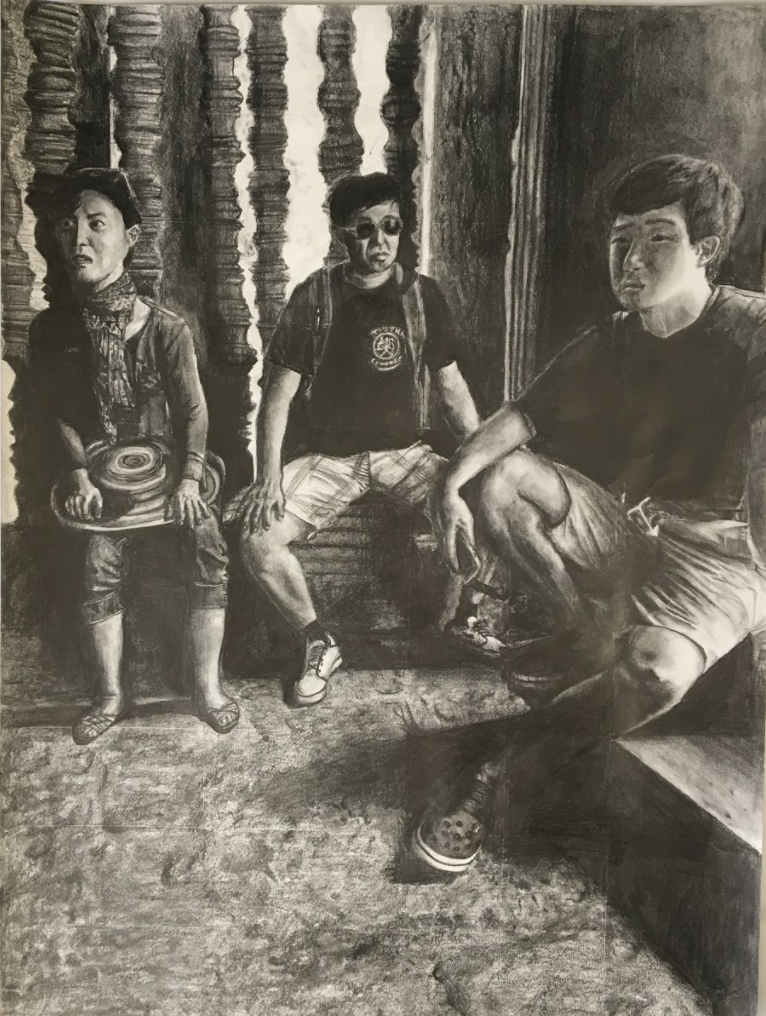How do Hawai’i public schools compare?

I have always had an interest in schools and school systems, so ever since I moved to Hawai’i and started Kalani High School as a freshman, I have been noticing differences and similarities between Kalani and my old school in Norway.
Before I start talking about the difference between the two schools, I need to preface that I do not speak for all Norwegian schools.
I attended Birralee, an international British school that is as close as you can get in Norway to what most people living here in Hawai’i would perceive as a private school, thanks to some limits on what kinds of private schools you can have in Norway. Birralee receives part government funding, meaning that it is quite cheap, only around $231 a month per student.
Kalani has a very large campus in comparison to any Norwegian school I have seen. It has many buildings that I nd very confusing.
Birralee has just one, four-story building with a dark, grey basement that smells of dust, with a hallway that leads to rooms with decapitated Santa dolls, and old costumes from previous plays. There’s a gym as well, with a dimly lit attic full of old party games and props used during school celebrations. In between is a playground with a creepy wooden clown that stares at the students from the gym-attic window as they play.
At Birralee, there are roughly 400 students in the entire school, from an international school, kindergarten (Reception) to year 11 (10th grade in the US).
Here at Kalani, there are different periods, and each student has their own unique schedule for two days that rotate, called Odd and Even. There are different students in each class and you need to go from building-to-building to get to each of your classes.
There is one teacher per subject at Kalani, while at Birralee there is one main teacher that looks over the class, and depending on what year you are in, teaches the majority of your lessons. You also have other teachers for certain subjects like music, gym, and art.
At Kalani, there is a 10-minute recess and a 30-minute lunchtime. At Birralee there were two 30-minute “playtimes” and a 30-minute lunch until middle school, where you would, along with a 30-minute lunch, only have one “playtime.”
There are much stricter phone rules at Birralee. Phones are locked up in a cabinet in the classroom during school time, and only the teachers have the keys to open it at the end of the day.
At Kalani, there is a wide variety of students from different ethnic backgrounds, most of which are a mixture of Asian, Caucasian, and Polynesian.
Norway is a country of little ethnic diversity, with most of us being white, white and… white, but contrary to what one would believe, Birralee is just as, if not more, diverse than Kalani. Because it is people who live hours away go to Birralee because the instruction is in English.
In my class (people born in 2004), my best friends were Romanian, French, Ethiopian and Indonesian. We had people of all different religious backgrounds: Jewish, Christian, Muslim, Buddhist and Hindu. This meant that we had instruction about all of these, with volunteers who could speak about their religion.
There are a wide variety of Electives you can take at Kalani, including art forms, languages and practical skills.
At Birralee, there were no Electives. All students had to take Spanish in middle school. However, the Norwegian school system makes art and music mandatory.
At Kalani, there are many clubs, ranging from the artistic to the practical. Norway doesn’t have a club culture. However, we had things like ASP (After School Program) and Green Team (Students who raise money and awareness for certain causes) at Birralee.
Overall, I think both schools are infinitely different, thanks to the large differences between Norwegian and U.S. traditions and cultures. When I return to Norway, I will be going to a “Steiner School” which is a unique system that involves artistic and physical endeavors in all subjects, with a lack of grades and a focus on the whole student to a greater degree rather than just how they learn.






